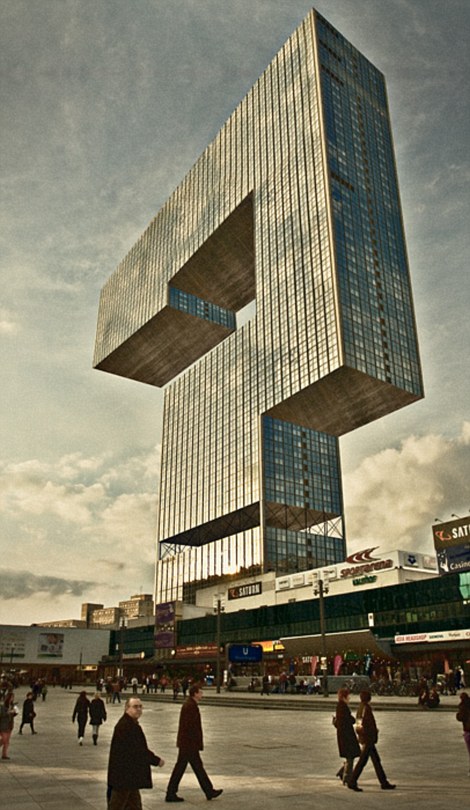Cheers!
Deanne
Daily Archives: July 20, 2015
What Architecture Should Be

Image retrieved from http://www.dailymail.co.uk/news/article-2750431/It-s-sew-cold-Turning-autumn-winter-needle-thread-neat-idea-laying-roads-artist-creates-fantastic-surreal-landscapes.html
The book “Image of A City” written by Kevin Lynch is a well-written book that talks about the concepts of imageability, legibility and way-finding that contributed to urban planning, architecture and even environmental psychology its variety, importance and how the users react to it. Lynch discussed how the elements of the city are interrelated to one another that contributes to the formation of its image. He cited three cities in his study discussing the conceptual framework for the “imageability” of each one and their dynamics: Boston Massachusetts, New Jersey, and San Francisco California, which are radically different from each other. He talked about the recurring elements of the city and its interrelation and how Paths, Edge, Districts, Nodes and Landmarks affect its image. In that sense, Lynch was thinking of “Image” as a picture that is seen in the mind on different perspectives of different observers. He stated that a highly imageable city should be well-formed, distinct and remarkable. The said image is a dynamic process that does not only differ from scale but by viewpoint and time. At this point in time, cities continue to grow according to the needs of the users but the form shall not be retained as simple when it started growing, rather, it continues to grow into complicated forms that is receptive to new formation to be able to create a new image, thereby, a clear city image allows the observers to perceive it as a whole.
Upon reading the book, a formulation came in to mind about the notion of what architecture should be. Architecture should not only be perceived, it must be experienced, just like the concept in the book of Kevin Lynch, Image of the City. Perceiving buildings is a complex process. It involves sensations such as seeing and feeling, more like a perception. Good architecture must be able to communicate with the users and its built environment. Through architecture, surroundings can be created that is not only well organized but tells a story about a certain time and place with certain type of symbolism that triggers emotions, memory and sensation of the observers which give them a kinesthetic experience that they are able to enjoy. This entails taking into consideration the relationship of the individuals and their designed environment. It should be able to convey to the observers or users and their lifestyle based on their perceptions and their culture, and historical traditions of the natural setting and of the complicated functions and movements of the city world. The clearness of structures and vividness of identity are the initial stages to the development of strong symbols. This could provide a ground for the clustering and organization of these meanings and associations. Such a sense of place itself enhances every human activity that occurs there and encourages the deposit of a memory trace. Aside from that, architecture provides an environment that will enhance the sense of security for the people. More importantly, architecture, through experience, will be able to create new purpose and new meanings to the end users and observers and provide them a new way of understanding space.
Cheers!
Deanne

